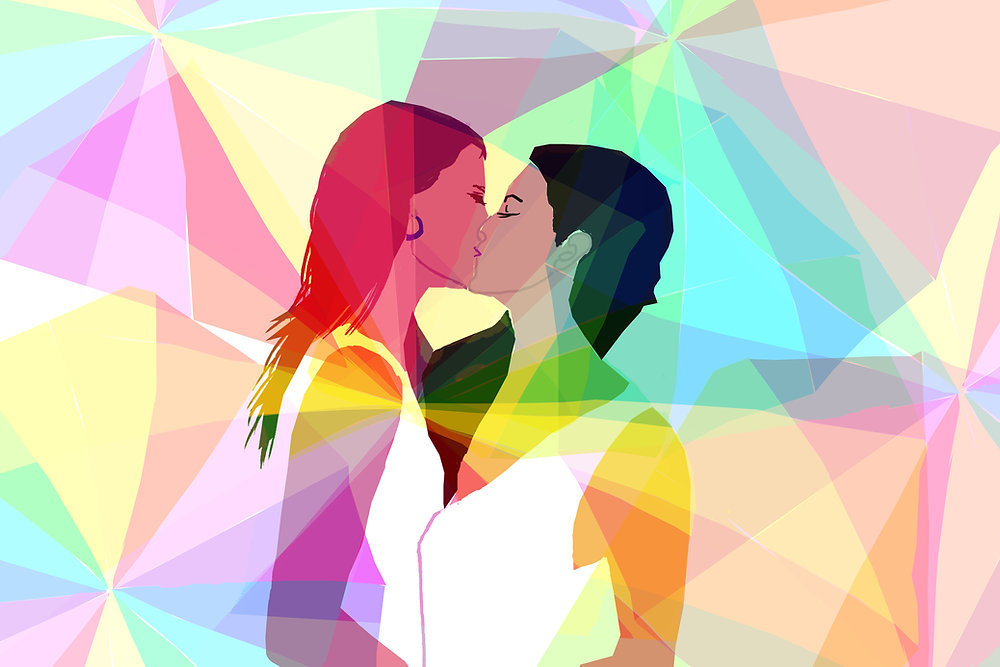Cinema doesn’t merely reflect cultural attitudes toward gender and sexuality—it plays an active role in shaping them. For much of film history, mainstream cinema has upheld patriarchal norms: female characters often relegated to supportive roles, objectified, or defined solely in relation to men. Yet over the past few decades, growing awareness and activism have reshaped portrayals of women and LGBTQ+ identities on screen.
Advertisement
In Hollywood’s classic era, women’s roles were largely confined to romantic or domestic spheres: the ingenue, the femme fatale, the supportive wife. While directors like Alfred Hitchcock occasionally challenged conventions, these films often maintained male-centric gazes and narrative priorities.
The feminist film movement of the 1960s and 1970s marked a turning point. Second-wave feminists and filmmakers, such as Agnès Varda in France and Elaine May in the U.S., created films that centered women’s experiences and agency. Varda’s Cléo from 5 to 7 (1962) examined female identity and anxiety in a society defined by gender expectations. But it wasn’t until waves of independent cinema and the eventual entry of more female directors into mainstream production that shifts became more visible.

